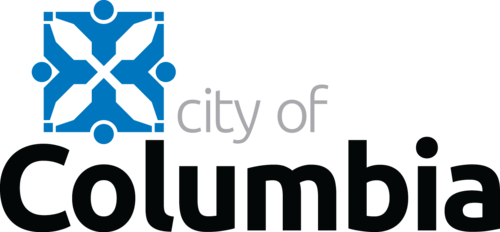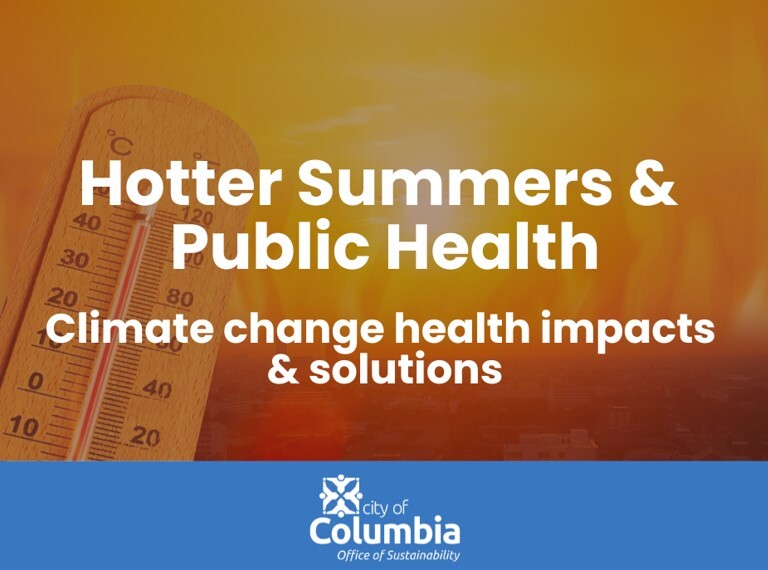Hotter Summer & Public Health
As summer peaks in CoMo, the first two weeks of August typically bring the year’s highest temperatures. While we often associate hot weather with seasonal discomfort, it also carries serious public health risks—especially as climate change continues to raise average temperatures and increase the frequency of extreme heat events. In Columbia and across the Midwest, the effects of heat and air pollution are already impacting vulnerable residents. Recognizing the connections between climate and health is the first step in protecting our community.
Extreme Heat and the Urban Heat Island Effect
Columbia’s neighborhoods don’t heat up equally. Urban areas tend to be hotter than surrounding rural regions because of something called the urban heat island effect. Pavement, buildings, and other infrastructure absorb heat during the day and radiate it throughout the evening, preventing overnight cooling. That means many areas in the city stay warmer longer - and residents in those areas face higher risks of heat-related illness.
When our bodies can’t cool down efficiently, we become more susceptible to heat exhaustion, heat stroke, and dehydration. Older adults, young children, and people with existing health conditions like heart disease are especially vulnerable. The impact is even more severe for those who don’t have access to air conditioning or who work outdoors.
Simple actions like staying hydrated, checking on neighbors, and limiting strenuous activity during the hottest hours (typically 10 a.m. to 4 p.m.) can help reduce personal risk. At a community level, planting more trees, increasing green space, and reducing paved surfaces are long-term solutions that can lower local temperatures and improve quality of life.
● Check out the heat resources on the COMO Climate Action dashboard Public Health page
Heat and Air Pollution
Air quality is closely tied to climate and health. On hot days, air pollution increases, particularly ground-level ozone, a harmful pollutant that forms when vehicle and industrial emissions react with heat and sunlight. Poor air quality is linked to asthma attacks, difficulty breathing, and other respiratory issues. In Columbia, residents may experience more frequent air quality alerts during the summer months due to these conditions.
The people who are most vulnerable to air pollution - children, older adults, and people with asthma - are also more vulnerable to extreme heat. On days when both air pollution and temperatures are high, vulnerable people are at greater risk than when there is only one elevated risk factor. People have more extreme reactions to air pollution when their bodies are already working harder to stay cool.
You can take steps to stay safe from air pollution this summer. Keep an eye on the air quality index at AirNow and limit your time outside when pollution is high. Avoid high-traffic areas to reduce your exposure to vehicle exhaust fumes. Check in on your friends, family, and neighbors, especially if they are more vulnerable to air pollution and heat. For long-term change, consider taking alternatives to driving such as walking, biking, public transit, or carpooling.
Stay Informed and Take Action
Protecting public health from heat and air pollution is part of building a climate-ready Columbia. You can start by signing up for Missouri’s local air quality alerts and checking daily conditions before heading outside. Learn more about the health effects of climate change and how Columbia is responding by visiting the COMO Climate Action dashboard Public Health page.
Previous Post
Celebrating Energy Efficiency Experts in Columbia
Next Post
Watershed Signs Meandering out into the County!







